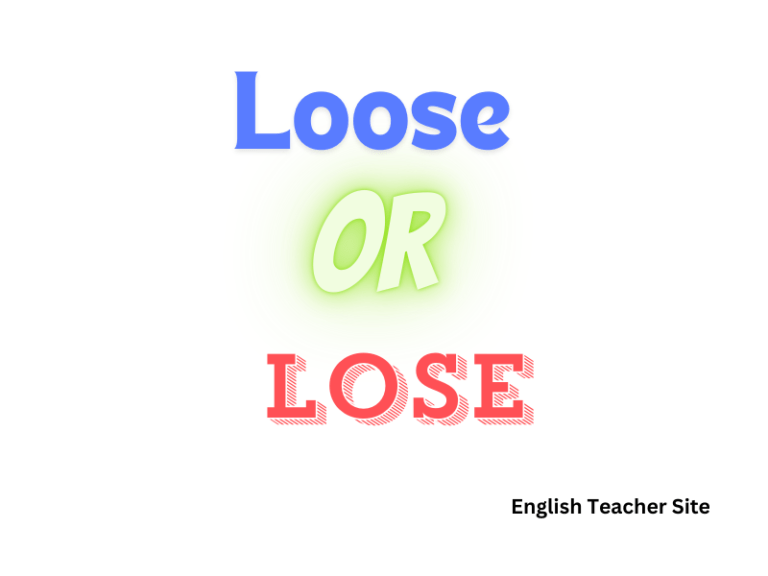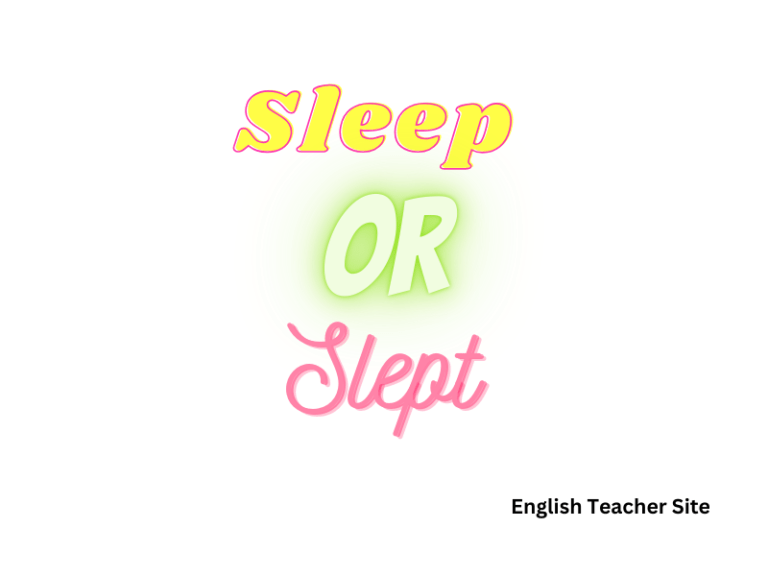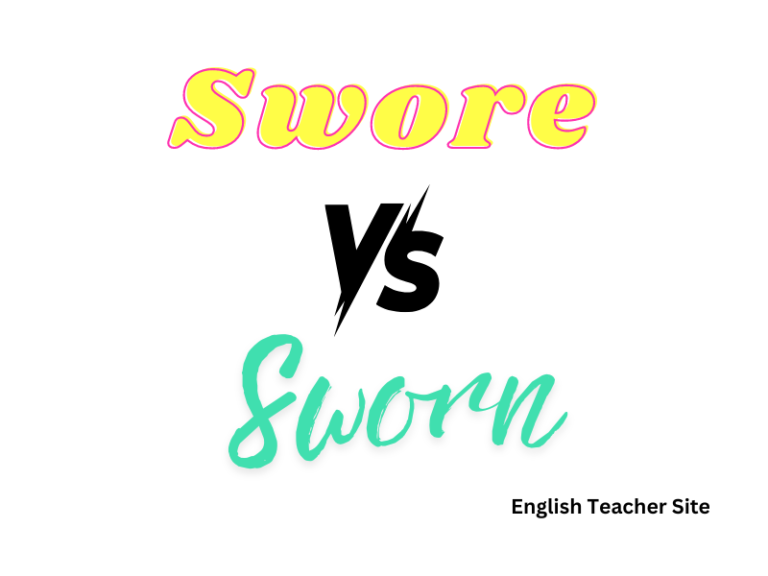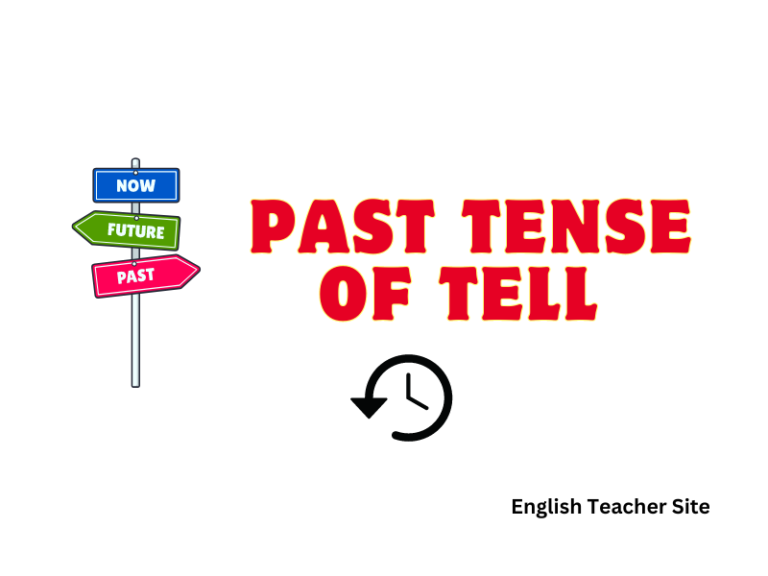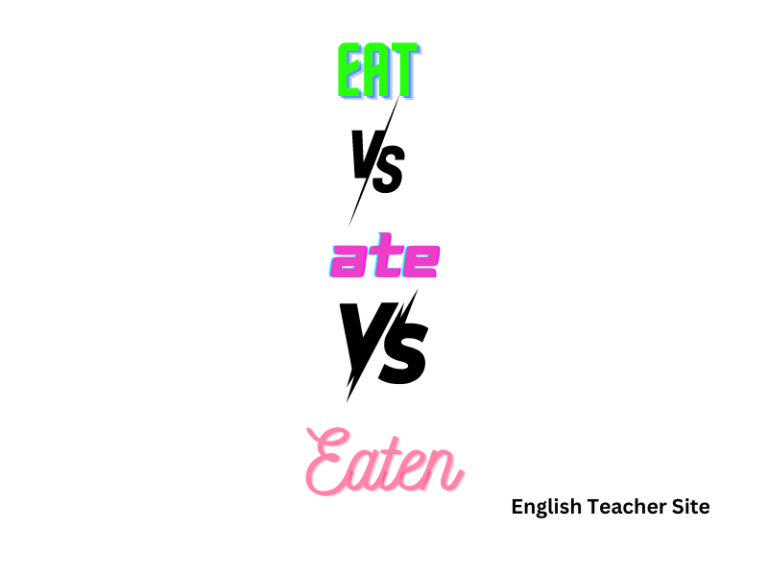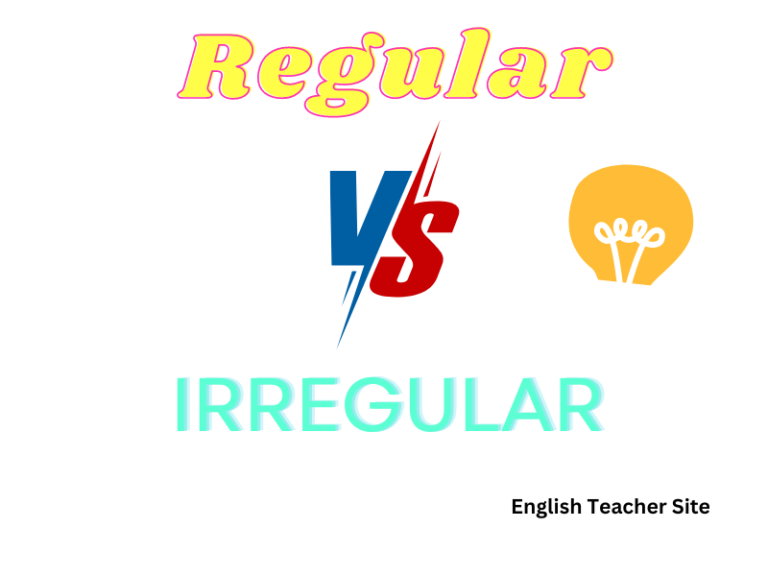Whats the Past Tense of Draw: Drew or Drawn? Unveiling the Correct Usage

- “Drew” is the simple past tense form of “draw,” indicating a completed action.
- “Drawn” is the past participle, used with auxiliary verbs to form perfect tenses.
- Correct usage of “draw,” “drew,” and “drawn” reflects the timing and completion of the action.
The word “drawn” is not the past tense but rather the past participle form of “draw,” which is used differently, often in perfect tenses. For instance, “I have drawn a circle.” The action is completed in relation to the present or another point in time. Recognizing the difference between these forms ensures clarity when conveying when an action took place. The verb “draw” has multiple meanings, including the act of sketching and the act of pulling or attracting.
What’s the Past Tense of Draw? Draw, Drew, Drawn
When it comes to the verb “draw,” knowing the correct past tense form is essential for clear and effective communication.
The Short Answer on the Verb, ‘Draw’:
The verb “draw” has an irregular past tense form:
- Infinitive: to draw
- Simple Past: drew
- Past Participle: drawn
Verb Forms of Draw:
Here are the various forms of the verb “draw” in different tenses:
Present Tense:
- I draw
- You draw
- He/She/It draws
- We draw
- They draw
Past Tense:
- I drew
- You drew
- He/She/It drew
- We drew
- They drew
Past Participle:
- I have drawn
- You have drawn
- He/She/It has drawn
- We have drawn
- They have drawn
Examples of the Word ‘Draw’ Used in Sentences:
The verb conveys the act of creating a picture with a variety of tools, such as a pencil or pen. It is important to know how to use “draw” in different tenses, particularly when referring to past events. The past tense “drew” and the past participle “drawn” are often confused, so the following sentences clarify their usage.
Indefinite Present Tense
- I draw a sketch every morning as part of my routine.
Present Continuous Tense
- She is drawing a portrait right now.
Past Simple Tense
- Last night, he drew the best landscape in the art class.
Past Participle
- They have drawn their own comic book series.
Here are two tables that provide examples of “draw” in sentence construction, showing the past tense and past participle forms:
Past Simple Tense
| Subject | Verb (Past) | Object |
|---|---|---|
| She | drew | a map |
| They | drew | smiles on everyone’s faces with their play |
Past Participle
| Subject | Auxiliary Verb | Verb (Past Participle) | Object |
|---|---|---|---|
| The artist | has | drawn | numerous accolades |
| We | had | drawn | a bath |
Let’s look at more sentence examples:
Indefinite Past tense:
- Yesterday, she drew a circle on the board.
- They drew lots to decide who would go first.
Present Perfect tense:
- He has drawn applause for his brilliant performance.
- They have drawn attention to the importance of environmental conservation.
Remember, “drew” is the simple past tense, while “drawn” is the past participle that requires an auxiliary verb.
Examples of the Word ‘Drew’ Used in Sentences:
“Drew” is the simple past tense of “draw,” indicating an action that was completed in the past. Below are some examples to illustrate its correct usage.
In literature or storytelling, “drew” often depicts the creation of an image:
- She drew a circle on the board.
- In art class, he drew a stunning landscape.
When discussing pulling or dragging:
- The horse drew the carriage down the cobblestone street.
- They drew the sofa to the other side of the room.
“Drew” is also seen in the context of attracting interest:
- The magician’s performance drew a large crowd.
Here are two tables showcasing sentences with “drew”:
| Context | Example Sentence |
|---|---|
| Drawlike (creating art) | The young artist drew a portrait of her muse. |
| Physical Movement (pull) | She drew her chair closer to the table. |
And:
| Context | Example Sentence |
|---|---|
| Attracting (interest or attention) | The festival drew visitors from all over the country. |
| Selecting (randomly choosing) | They drew a name from the hat to pick a winner. |
To summarize:
- “Drew” is the past form of “draw” and is used to describe an action completed in the past.
- It can mean to create a representation through art.
- It can be used to describe the act of pulling towards.
- It expresses the action of attracting attention or interest.
- “Drew” can also indicate the action of selecting, often at random.
Examples of the Word ‘Drawn’ Used in Sentences:
‘Drawn’ is the past participle form of the verb ‘draw’, which is used in perfect tense constructions or as an adjective.
In the context of perfect tenses, ‘drawn’ appears commonly in the following structures:
| Present Perfect | Past Perfect | Future Perfect |
|---|---|---|
| She has drawn a landscape. | He had drawn the diagram before the meeting. | They will have drawn up the contract by tomorrow. |
As an adjective, ‘drawn’ describes a person or object that seems tired, tight, or has been pulled:
- His face was drawn after hours of work.
- The curtains were drawn as the daylight faded.
Below are bullet points illustrating the versatility of ‘drawn’ in sentences reflecting various meanings:
- The conclusion was drawn based on the evidence.
- With her skills, she has drawn attention from top art schools.
- After the debate, battle lines were drawn among the participants.
In each sentence, ‘drawn’ functions to convey a sense of completion in the action of drawing or in the resultant state after something has been pulled, extracted, or derived.
Synonyms of Draw (Meaning Attract):
Here are some of the synonyms that embody the idea of attracting or pulling towards:
Entice: Often used to denote the attraction to something through the promise of reward or pleasure.
- This verb is typically employed when something is very alluring and hard to resist.
Lure: Similar to entice, but may carry a slightly negative connotation.
- It suggests a trap or a deception is involved in the attraction.
Attract: A more neutral term that conveys the power to draw in.
- It is widely applicable, from magnetic objects to a charismatic individual.
Engage: Suggests captivating attention in a compelling manner.
- Goes beyond initial attraction to imply sustained interest.
Captivate: Indicates holding someone’s attention by some irresistible quality.
- Stronger than just attracting, it implies fascination.
Below are two tables highlighting synonyms of “draw” in different contexts and their nuances:
Table 1: Synonyms of Draw for Initial Attraction
| Synonym | Connotation | Usage Example |
|---|---|---|
| Entice | Positive | The display window enticed customers into the store. |
| Lure | Slightly Negative | The flashy advertisement lured shoppers to the sale. |
| Attract | Neutral | The vibrant colors attract the eye immediately. |
Table 2: Synonyms of Draw for Sustained Attraction
| Synonym | Connotation | Usage Example |
|---|---|---|
| Engage | Active | The book engages the reader with its thrilling plot. |
| Captivate | Intense | His storytelling captivated the audience. |
Embracing the depth and variety of English vocabulary allows speakers to more accurately describe the myriad ways in which people and things can draw others to them. Whether it is through initial allure or continued interest, these synonyms offer a palette of options for expressing the concept of attraction.
Synonyms of Draw (Meaning Sketch):
In the context of sketching, “draw” is commonly used. To enhance vocabulary, it’s beneficial to look at synonyms that convey the same action as “draw” when referring to creating an image with a pen, pencil, or another tool.
Synonyms for Draw (Sketching Context):
| Formal Synonyms | Informal Synonyms |
|---|---|
| Depict | Doodle |
| Portray | Scribble |
| Render | Sketch |
| Illustrate | Jot |
- Depict: Implies a detailed and accurate representation.
- Portray: Often used when an artist is creating a life-like rendering.
- Render: Suggests a level of artistic skill in producing an image.
- Illustrate: Used in contexts where the drawing is meant to accompany words or explain concepts.
In addition to these formal synonyms, artists and laypersons alike might use a more casual set of terms.
- Doodle: Typically a spontaneous or unfocused drawing.
- Scribble: Often refers to a rough or hastily drawn sketch.
- Sketch: Implies a freehand drawing that might not be detailed.
- Jot: In some contexts, can refer to quick, simple drawings alongside notes.
Each synonym provides a different nuance, which can be critical for clear communication, especially in fields related to art and design.
Origin of the Word Draw:
Initially, its roots trace back to the Old English ‘dragān,’ which means “to drag, to draw, to protract.”
Old English Period
- Dragān: To drag, draw, protract
During the Middle Ages, the meaning evolved as follows:
Middle English
- Function: Verb
- Meaning: To pull along the ground
The term ‘draw’ developed various nuances over time:
| Century | Usage |
|---|---|
| 13th | To take back, to retract |
| Late 12th | To remove a weapon |
| 13th | To pull a bowstring |
The word ‘draw’ signifies making lines or figures, extracting items like weapons, or pulling the string of a bow — retaining the core concept of pulling or dragging.
- Modern application: Creating art, withdrawing money, drawing a weapon
- Past tense: Drew
- Past participle: Drawn
Source
Harper, Douglas. “Etymology of draw.” Online Etymology Dictionary
My name is Khamis Maiouf. I am the creator of the English Teacher Site, dedicated to providing valuable resources and insights for students around the world. With a passion for education and a commitment to helping students enhance their skills, I aim to make English teaching more effective and enjoyable for both educators and students.

